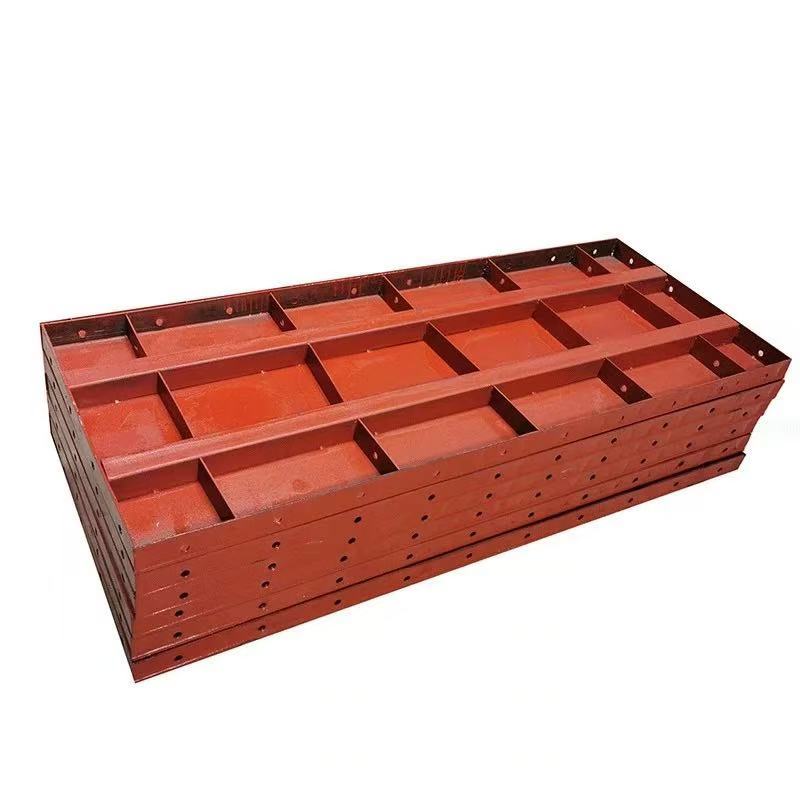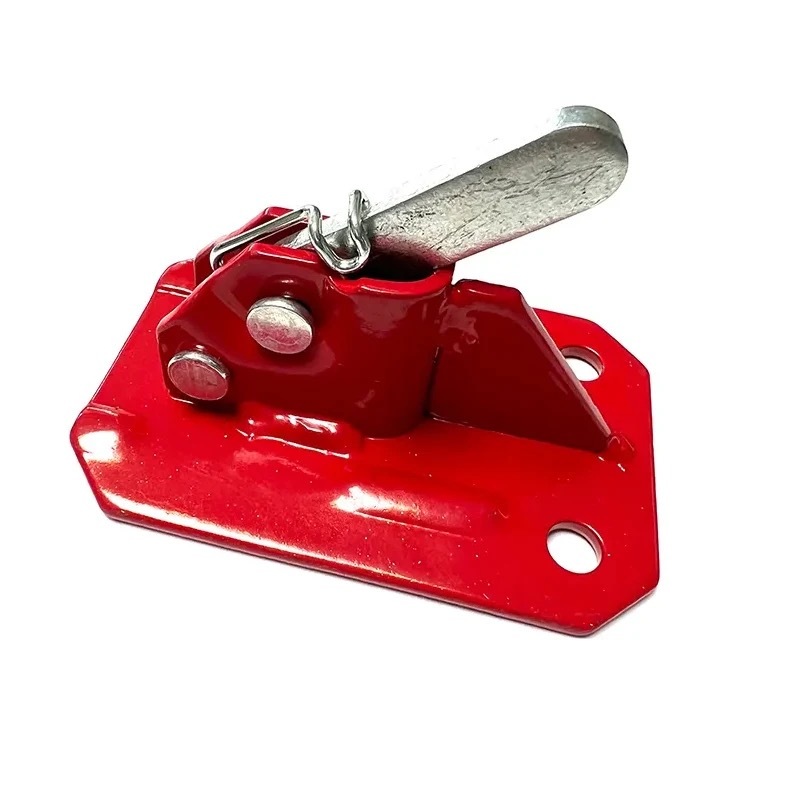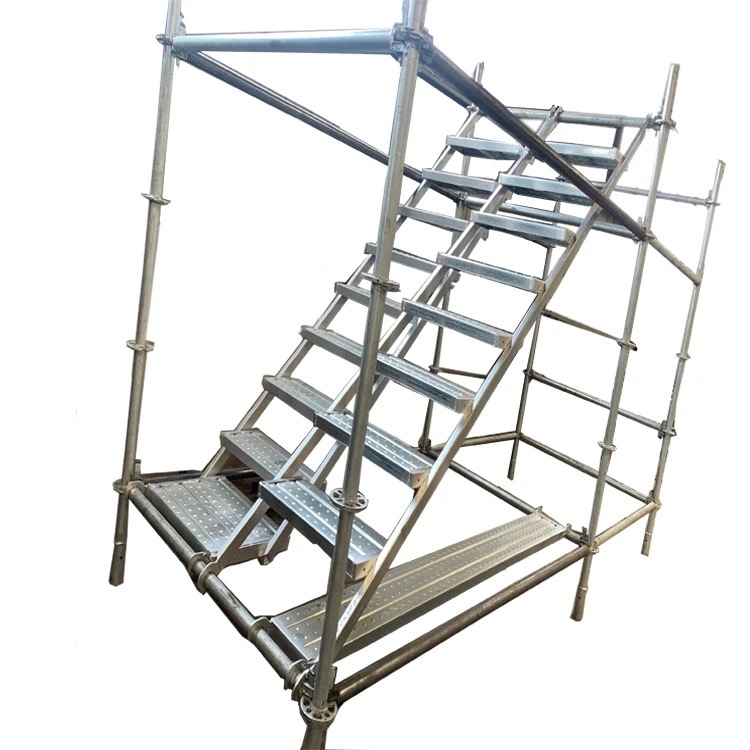Precautions for using forged fasteners
Forging fasteners are key connecting components in steel pipe scaffolding systems, and their quality and usage directly affect the overall stability and construction safety of the scaffolding.

Forging fasteners are key connecting components in steel pipe scaffolding systems, and their quality and usage directly affect the overall stability and construction safety of the scaffolding. To ensure safe and efficient construction, please strictly follow the following usage regulations:
1. Pre use inspection
-Check the appearance quality: The surface of the fastener should be free of casting defects such as cracks, burrs, sand holes, etc. It is strictly prohibited to use deformed or damaged fasteners.
-Check bolts and nuts: Ensure that the bolt threads are intact, the nuts can be tightened smoothly, and there are no slipping or rusting stuck phenomena.
-Check for rust prevention treatment: If the fasteners are corroded, they need to be cleaned and coated with rust prevention oil. If they are severely corroded, they must be replaced.
2. Proper installation specifications
-Tighten according to standard:
-Right angle fastener: used for vertical cross steel pipe connection, the bolt tightening torque should reach 40-65N · m.
-Rotating fastener: it is used for slant support or non vertical steel pipe connection. It is required to ensure that the rotating parts are flexible and locked reliably.
-Docking clip: used for steel pipe extension. During installation, it is necessary to ensure that both ends of the steel pipe are flush and prevent eccentric stress.
-Avoid being too tight or too loose: bolts that are too tight may cause the fastener to break, while bolts that are too loose may reduce the connection strength, and require calibration with a torque wrench.
3. Safety usage requirements
-It is prohibited to mix fasteners of different specifications: the outer diameter of the steel pipe must be matched (such as a Φ 48mm steel pipe with a Φ 48mm fastener), and mixing is strictly prohibited.
-Prohibition of substitution or modification: It is not allowed to use other materials (such as iron wire, steel bars) instead of bolts for fixing, or to weld fasteners without authorization.
-Regular tightening: After the scaffold is erected and during construction, the fasteners and bolts should be checked regularly for looseness, especially after wind and rain weather.
4. Load and environmental control
-Overloading is strictly prohibited: The design load of fasteners and scaffolding must meet the requirements of the plan to avoid concentrated stacking or impact loads.
-Adverse weather protection: Work should be stopped during heavy rain, snow, or winds above level 6 to prevent fasteners from becoming loose due to wet or vibrating conditions.
5. Maintenance and scrapping standards
-Cleaning after use: When removing the fasteners, gently tap to shake off the sediment, apply oil to the bolts to prevent rust, and store them by category.
Scrap condition: The following situations must be scrapped:
Cracks or severe deformation of the fastener body;
Bolt breakage or thread damage;
Corrosion causes a thickness reduction of more than 10%.
Key words:
PRODUCT SEARCH
Search And Quickly Find The Products You Need
With advantages in technology, quality, and service, the company is steadily advancing in the industry, continuously providing high-quality hydraulic rubber products and services to global customers, demonstrating strong development potential and broad market prospects.











